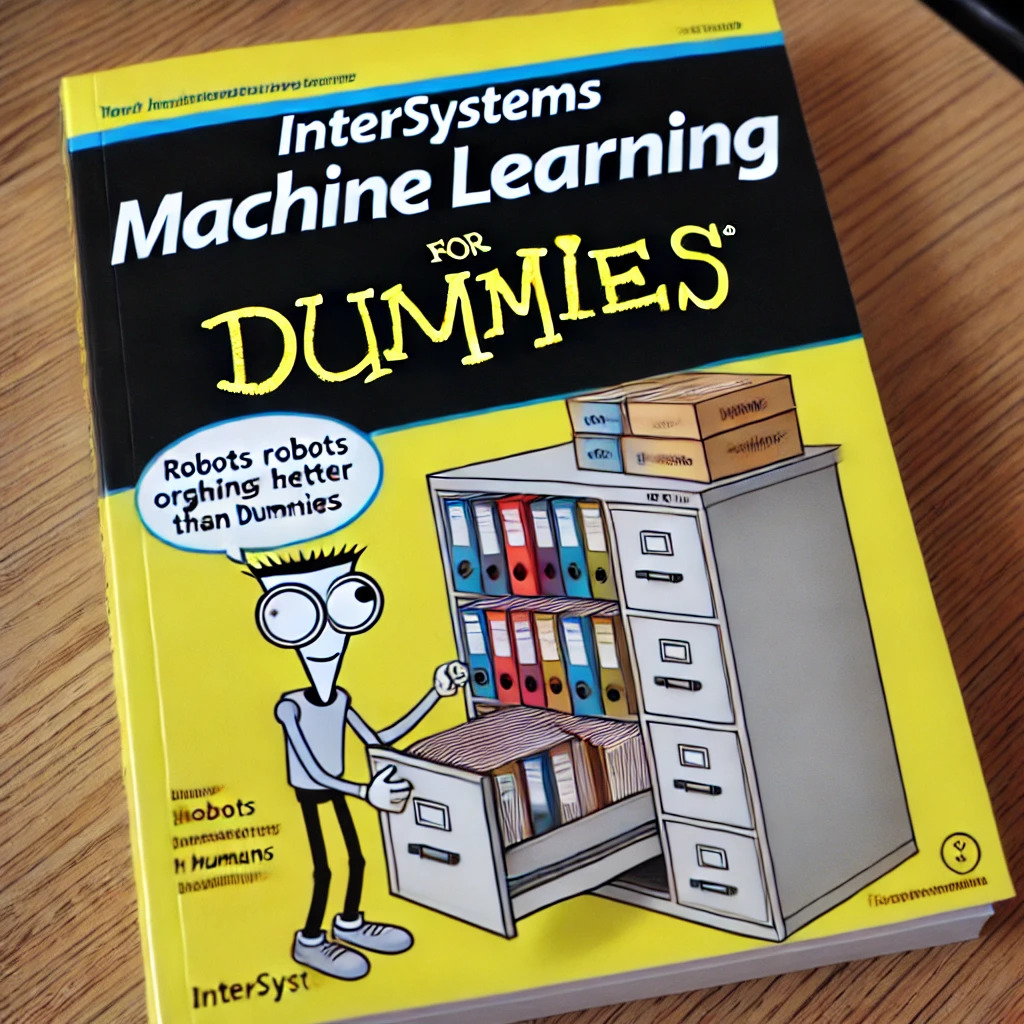
Previously, we trained our model using machine learning. However, the sample data we utilized was generated directly from insert statements.
Today, we will learn how to load this data straight from a file.
Machine learning (ML) is a subset of artificial intelligence in the field of computer science that often uses statistical techniques to give computers the ability to "learn" with data, without being explicitly programmed.